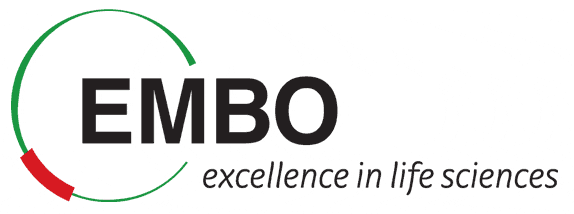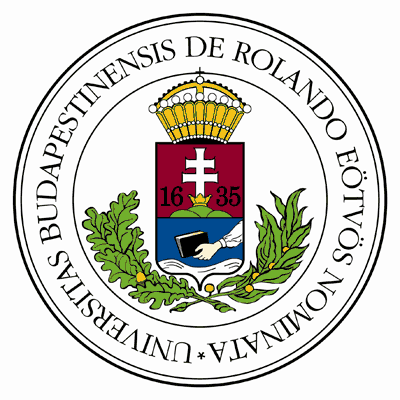Structure and interfaces of PPIs
Protein-protein interfaces and 3D modelling of protein complexes
## Learning Objectives
Protein protein interfaces
- Learners can tell the difference between stable and transient interactions and can make at least one example for each type of interaction Learners can describe the main features of protein-protein interfaces
- Learners can give the definition of “hot spots”
3D modelling of protein complexes
- Learners can tell the difference between bound and unbound docking
- Learners are able to explain the three key ingredients of docking and how they are interconnected
- Learners can explain why clustering docking solutions can be helpful
- Learners can use ClusPro to generate 3D models a protein-protein complex
- Learners can critically analyse ClusPro results
Complex prediction:
- Theory (PPT presentation)
- Tutorials (Protein docking with ClusPro; Visualise and exlpore docking solutions with Chimera; Homology modelling)
Structures and models:
- gadd45B_model
- 2DYL
- tared and zipped archive of cluspro models
Bibliography:
- Andrusier_Proteins2008.pdf
- Comeau_ClusPro_Bioinformatics2004.pdf
- Comeau_ClusPro_NAR2004.pdf
- Halperin_Proteins2002.pdf
- Homology_Modeling_Tutorial.pdf
- homology_modelling.pdf
- Kozakov_BiophysJ2005.pdf
- Kozakov_Proteins2006.pdf
- NgounouWetie_Proteomica2013.pdf
- Papa_JBiolChem2007.pdf
- Perkins_Structure2010.pdf
- Qmean_help.pdf
- Soding_NAR2005.pdf
- Tornatore_JMB2008.pdf


